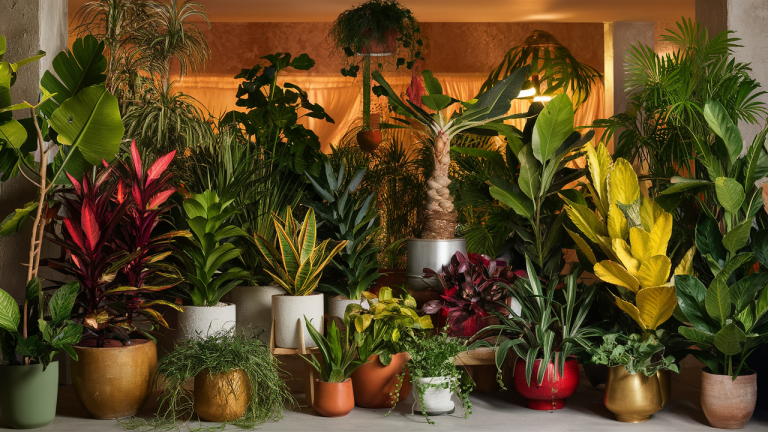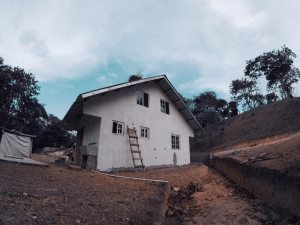Do you struggle with damp rooms and musty smells? This guide will show you exactly which plants can help remove excess moisture from your home. I’ll share proven humidity-absorbing plants that I’ve personally tested in bathrooms, kitchens, and other moisture-prone areas.
As a long-time plant enthusiast who battled humidity issues for years, I’ve found that the right greenery can work better than expensive dehumidifiers. These plants not only pull moisture from the air but also clean it and add beauty to your space.
From easy-care Snake Plants to lush Boston Ferns, you’ll find options that match your style and skill level. By the end of this article, you’ll know:
- Which plants work best in bathrooms
- Perfect options for kitchens and bedrooms
- How to arrange them for maximum effect
Say goodbye to mold and foggy mirrors and hello to fresher air and healthier living spaces.
Why Use Plants to Control Humidity?
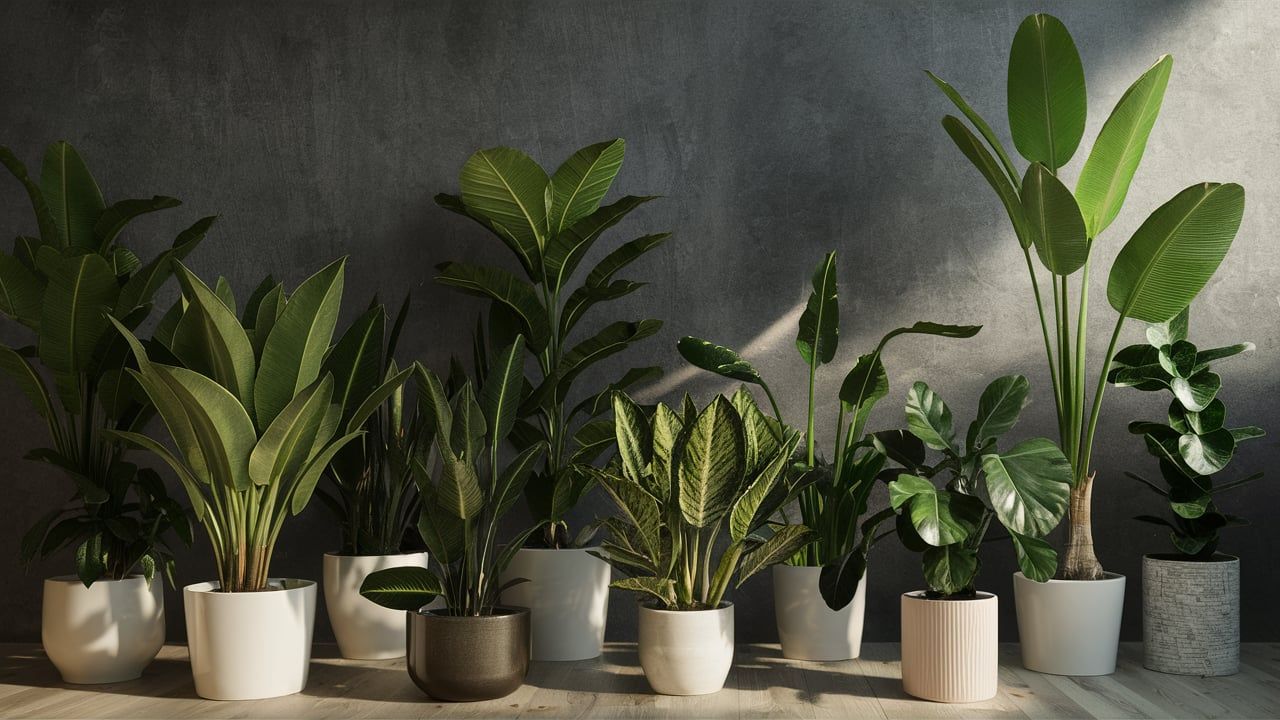
Controlling indoor humidity doesn’t have to mean buying expensive machines. Nature has already created perfect moisture-regulators in the form of certain houseplants. These green helpers can transform your home environment while looking beautiful.
Plants offer a natural way to manage indoor moisture without using machines. I’ve noticed they work quietly in the background, using excess water in the air to fuel their growth. Unlike dehumidifiers that need electricity and make noise, plants purify the air while they absorb moisture.
Some rooms in our homes, like bathrooms and kitchens, tend to get very humid. Instead of fighting this with fans and gadgets, why not use plants that actually enjoy those conditions?
Plants also cost much less than most humidity control systems. With just a few well-placed plants, you can make a big difference in how your home feels and smells.
Plants in the Bathroom
Bathrooms create the perfect environment for many humidity-loving plants. The frequent steam from showers and baths mimics the tropical conditions where many of these plants naturally grow. Here are my top picks that have thrived in my own bathroom spaces.
1. Boston Fern
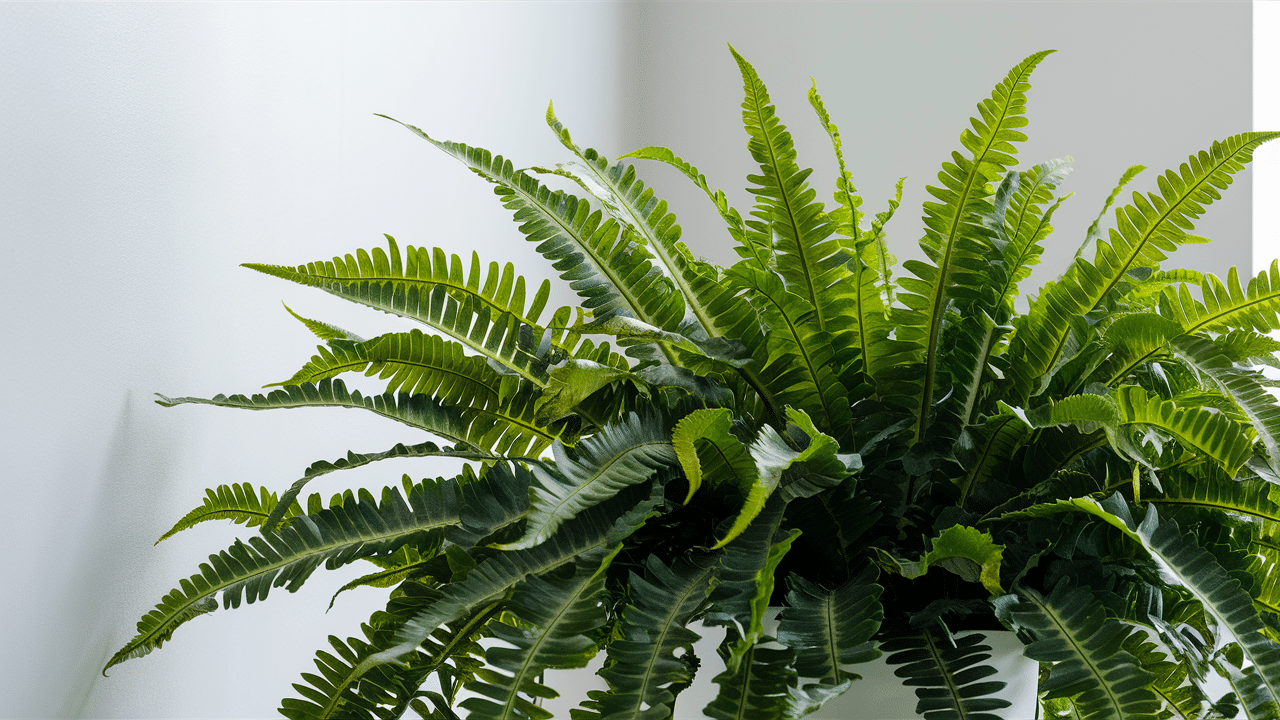
This classic bathroom plant thrives in high humidity. I keep mine hanging from the ceiling, where its feathery fronds can catch rising steam. Its roots and leaves pull water from the air very well, and it grows fuller in moist, steamy spots. Over time, the plant becomes lush and vibrant, filling the room with fresh green life.
2. Peace Lily
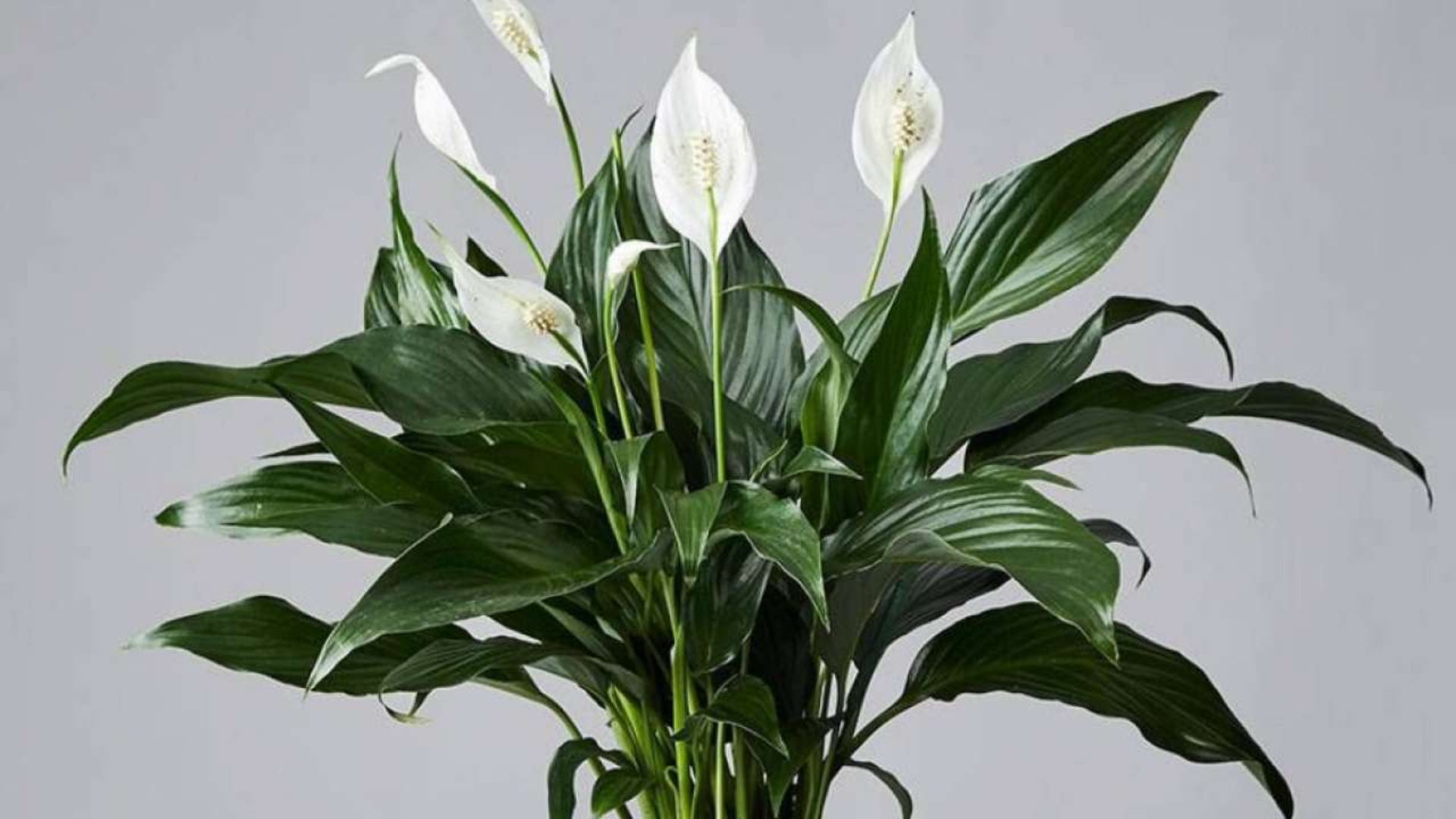
With glossy dark leaves and white flowers, Peace Lily adds calm beauty to bathrooms. I’ve found it thrives in the warm, damp air after showers. It signals when it needs water by drooping slightly, making it easy to care for. Its graceful blooms and foliage bring a serene, spa-like feel to any space.
3. Spider Plant
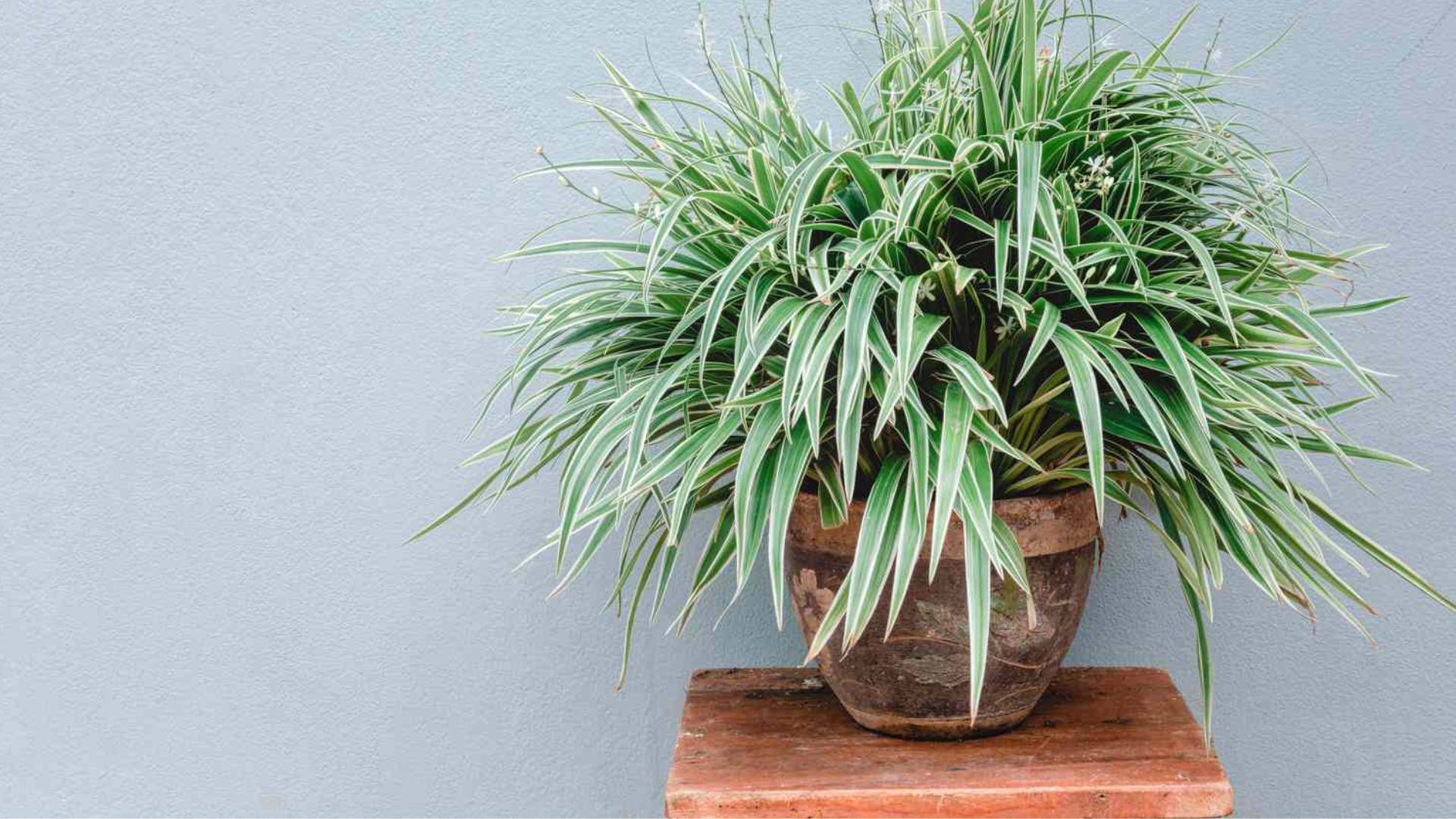
The Spider Plant is tough and works hard to clean the air and remove moisture. My bathroom spider plant has grown many babies that hang from the mother plant. They need almost no care, yet keep working to reduce humidity. Their cascading leaves and tiny offshoots add charm and life to small spaces.
4. Bird’s Nest Fern
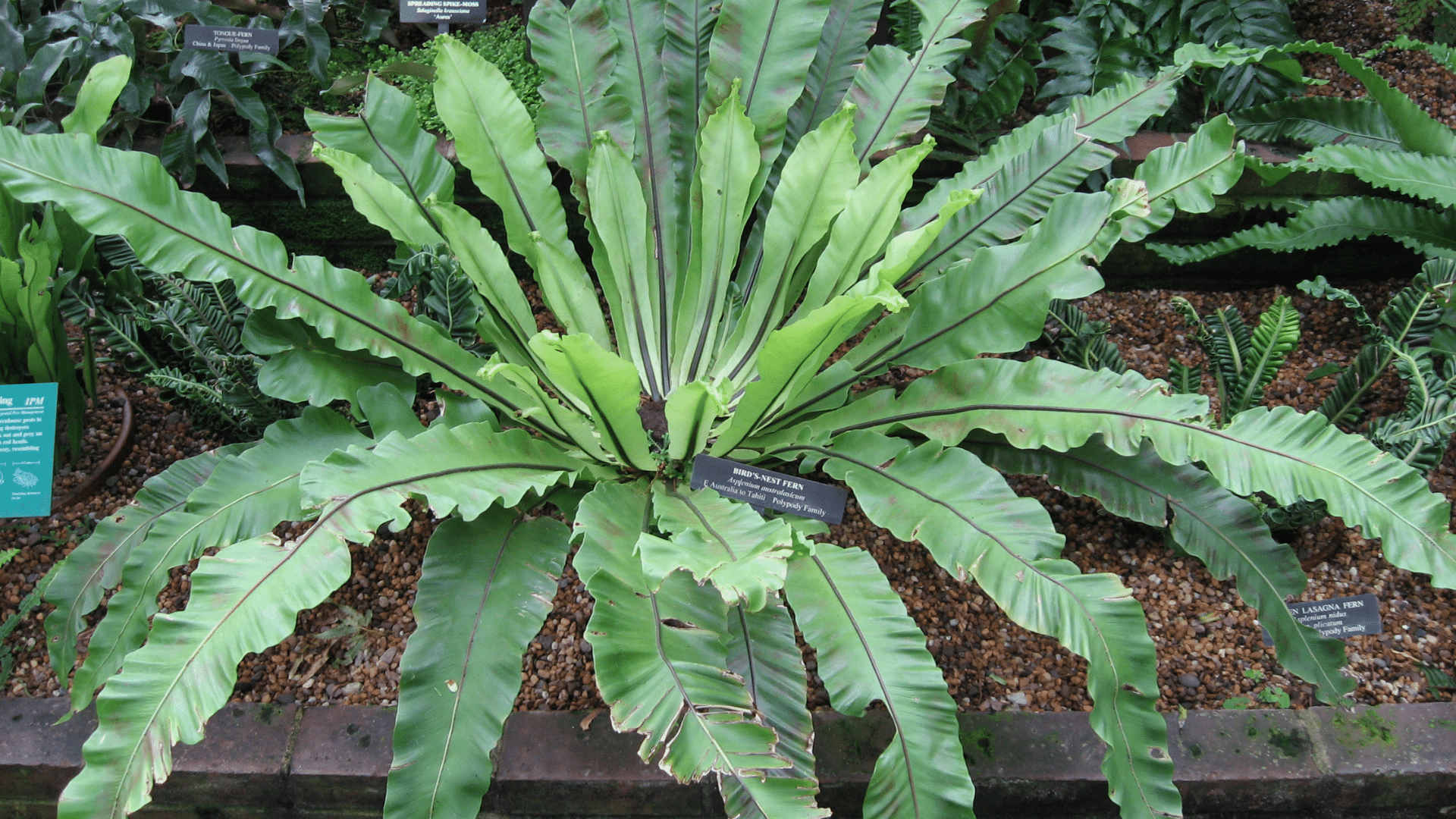
With wavy, bright green leaves, this fern creates a tropical feel. I keep mine on a bathroom shelf where it can catch shower steam. It absorbs moisture through its wide leaves and helps prevent wall dampness. Its bold texture and vibrant color make even a small bathroom feel like a mini jungle.
5. Orchids
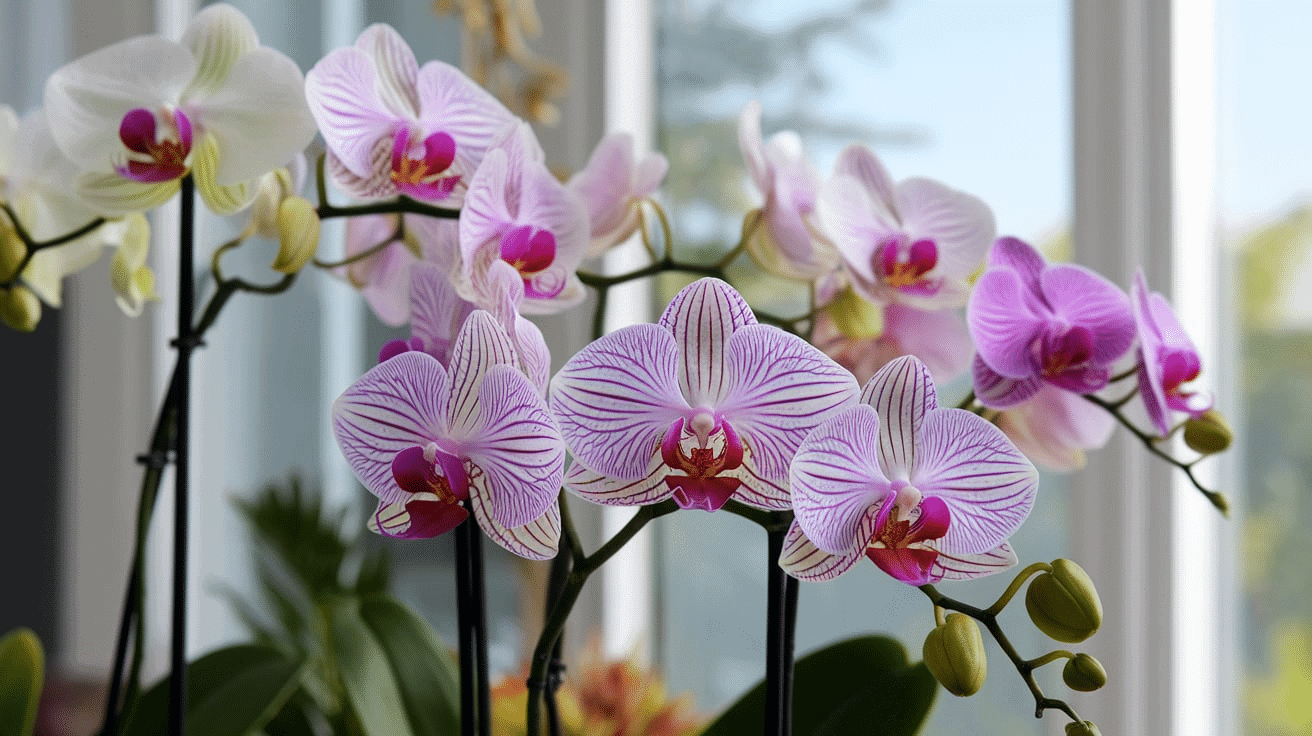
These blooming beauties actually prefer the steamy bathroom setting. My Orchids flower more often in the bathroom with humidity than they do in other rooms. Their air roots take in moisture directly, no soil needed. The blooms last for weeks and make the space feel special and serene.
6. Calathea
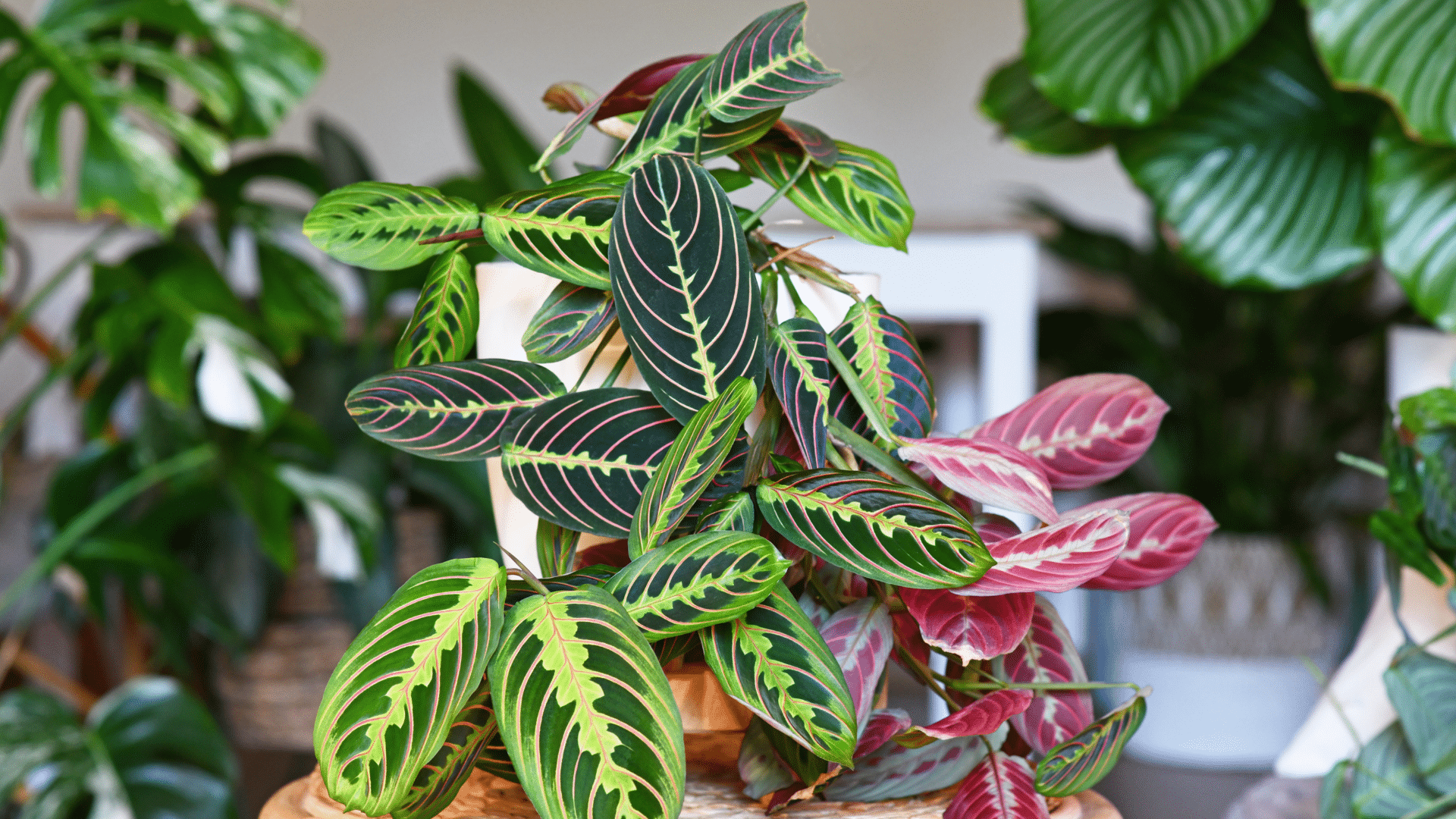
They are known for patterned leaves that move throughout the day. Calathea thrives in bathroom humidity. I’ve noticed mine gets more vibrant colors when kept near the shower. It draws in moisture through its large leaves. The gentle rustling and bold markings make it feel alive and decorative all at once.
7. English Ivy
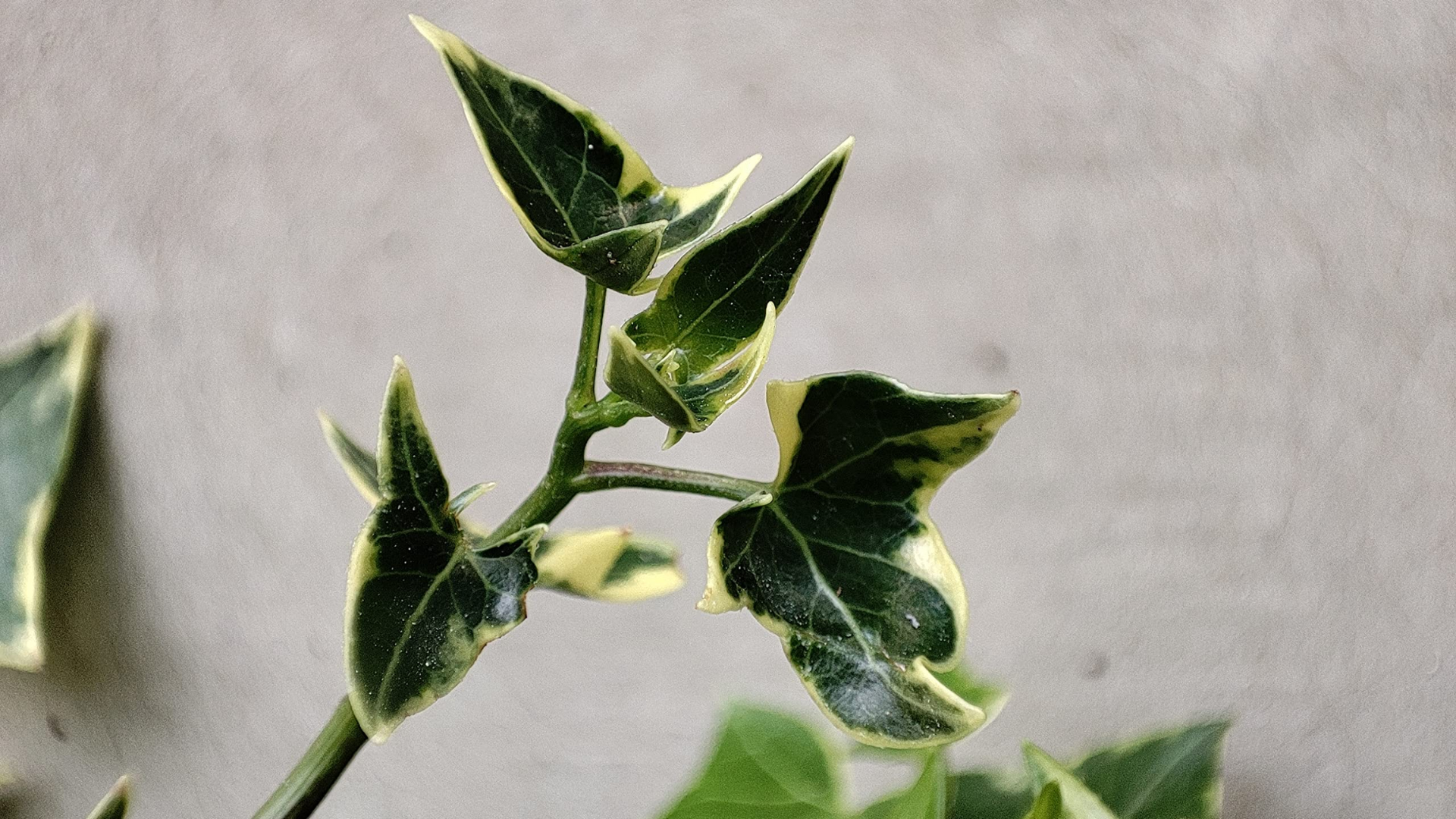
This climbing plant removes airborne mold while pulling in moisture. I grow English Ivy in a hanging pot where its vines can cascade down. It helps create fresher air in a room that often gets musty. Its trailing greenery softens corners and adds a classic touch to bathroom decor.
Humidity-Absorbing Plants for Other Rooms
Not just bathrooms need help with humidity control. Kitchens, laundry rooms, and even bedrooms can benefit from the addition of moisture-absorbing greenery. These versatile plants work well in various spaces throughout your home and handle different light conditions.
8. Reed Palm (Parlor Palm)
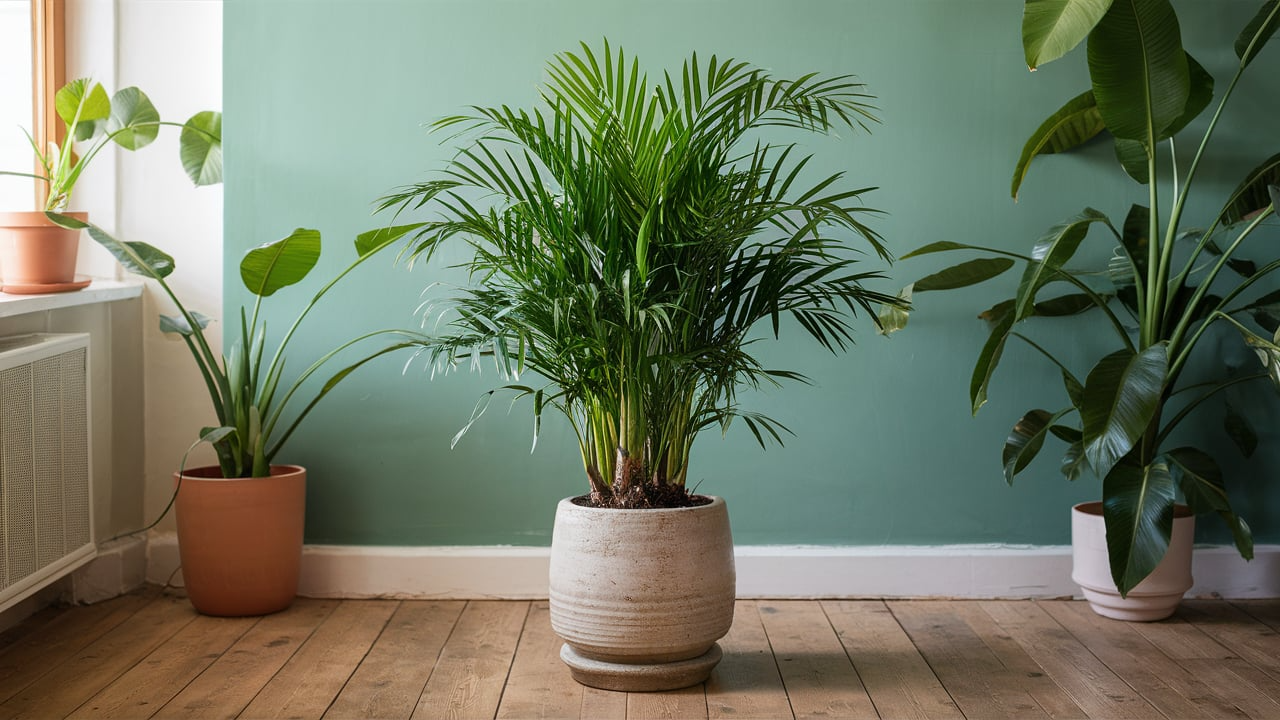
This small palm fits perfectly on kitchen counters where cooking creates moisture. My Reed Palm has grown steadily near the stove, using kitchen humidity to fuel its growth. It stays compact while working hard.
9. Bamboo Palm
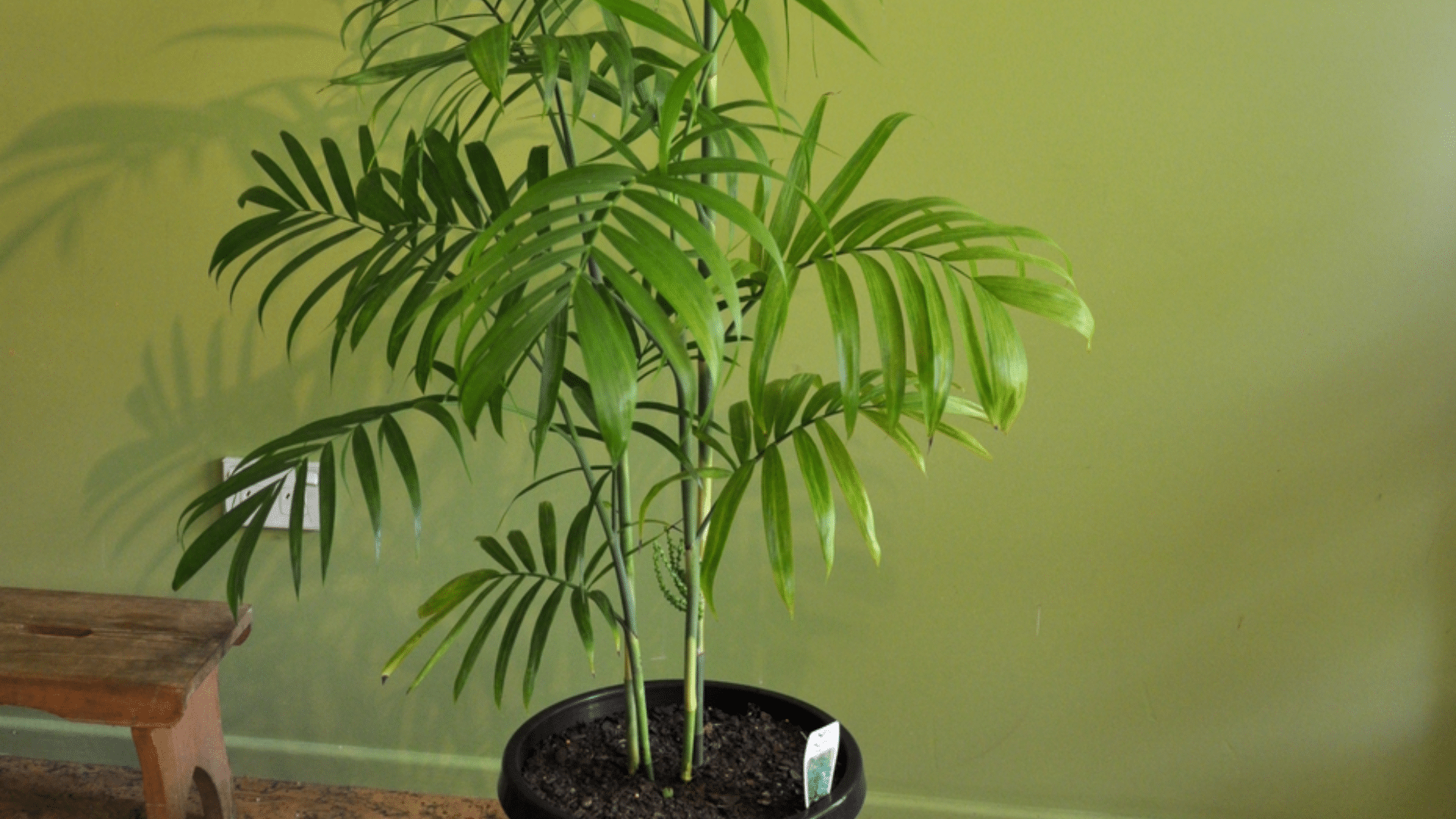
Larger than Reed Palms, these make great statement plants in living areas. I put my Bamboo Palm near the laundry room door, where it catches moisture from clothes washing. Its many fronds create a big surface area for absorption.
10. Snake Plant
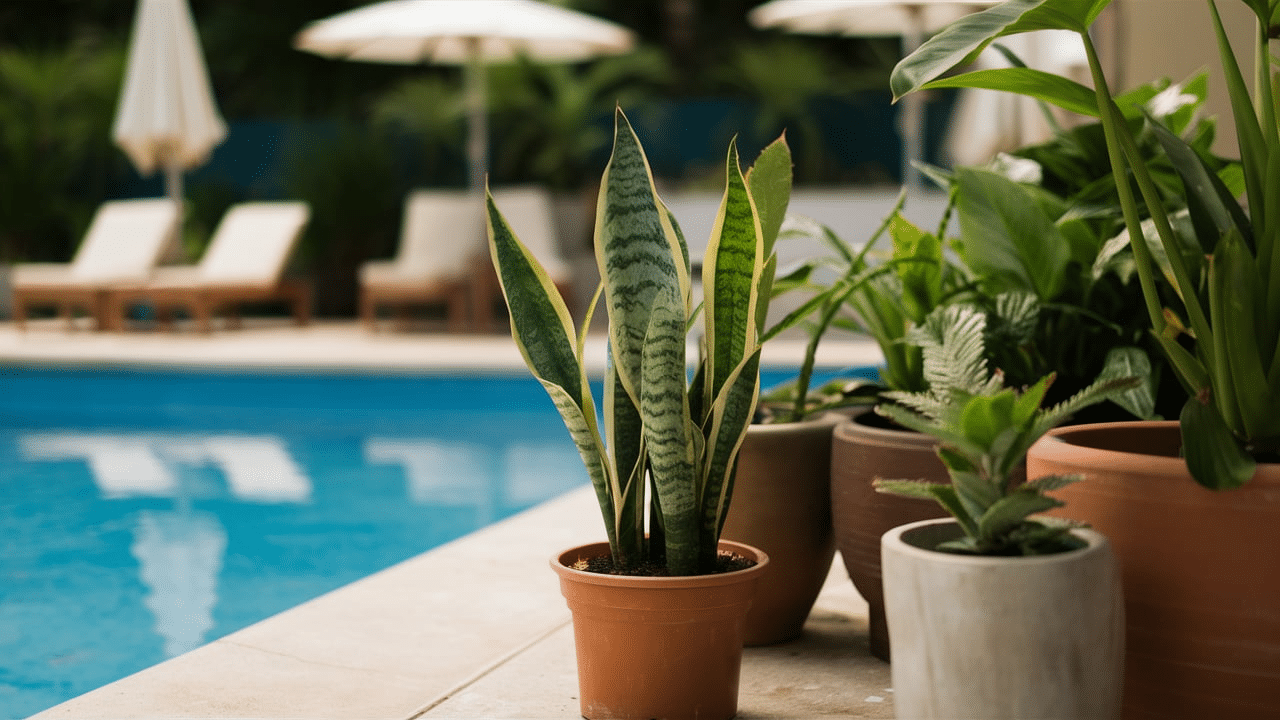
One of the toughest plants, Snake Plant, works in almost any room. I keep several throughout my house, but they work especially well in bedrooms. They absorb moisture at night while also releasing oxygen during sleep.
11. Philodendron
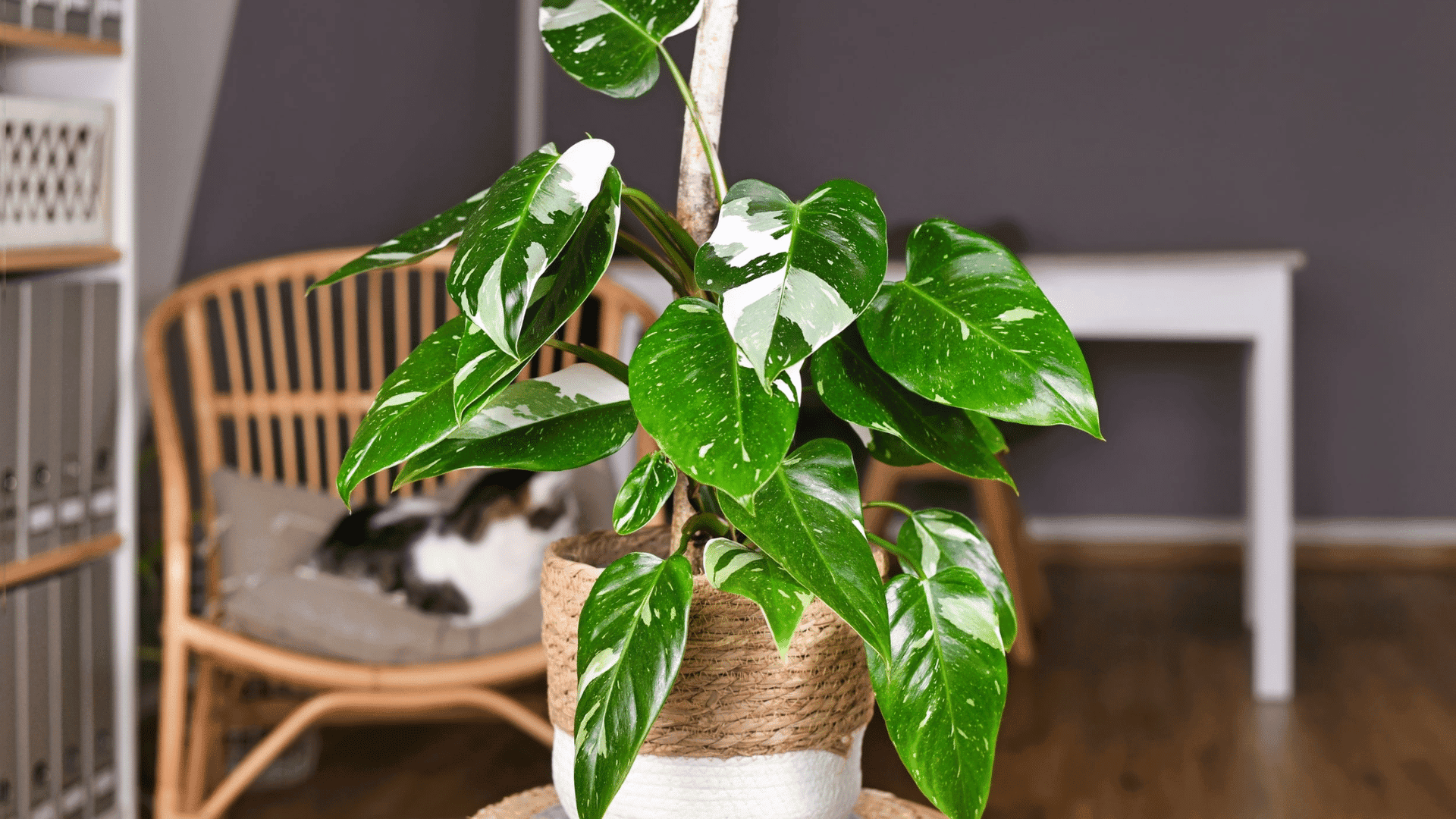
With heart-shaped leaves, Philodendron pulls water from the air while growing quickly. Mine sits on my office desk, where it helps balance humidity from my humidifier. It tells me when the air is too dry by drooping slightly.
12. Dracaena
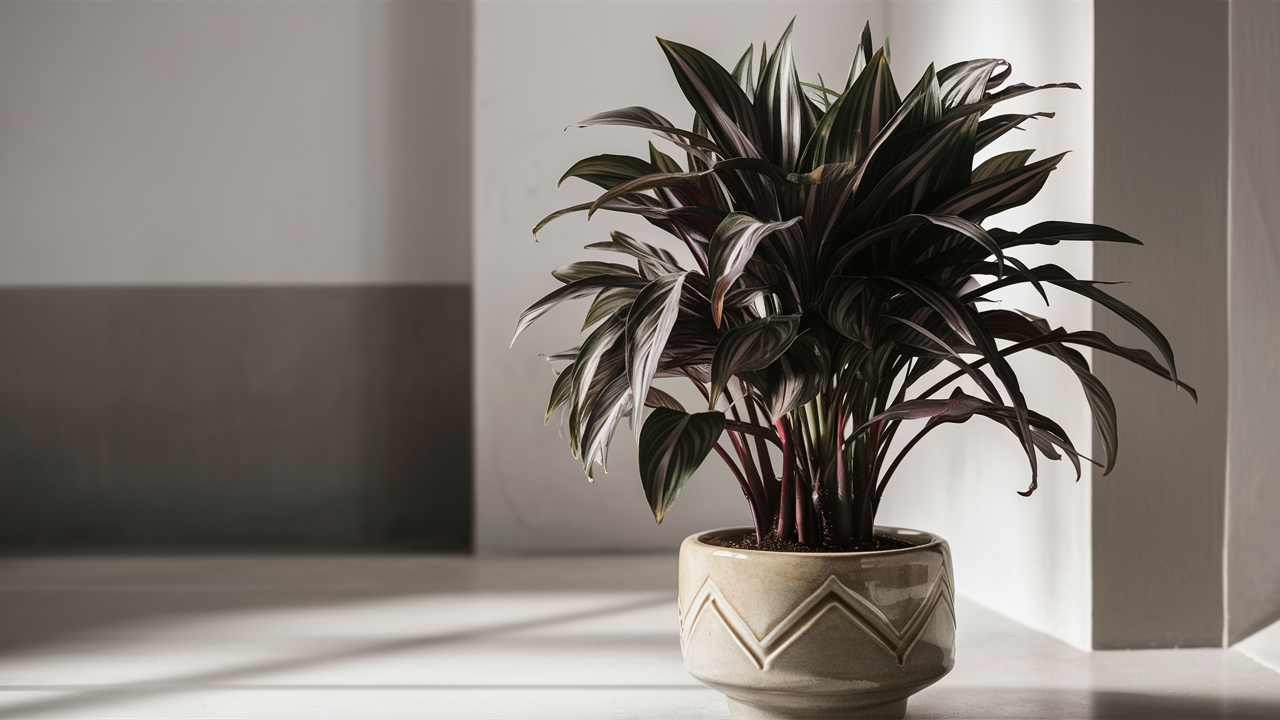
These tall plants work well in corners of rooms with high ceilings. My Dracaena reaches nearly to the ceiling, creating a stunning focal point while pulling moisture from the air with its many long leaves.
13. Tillandsia (Air Plant)
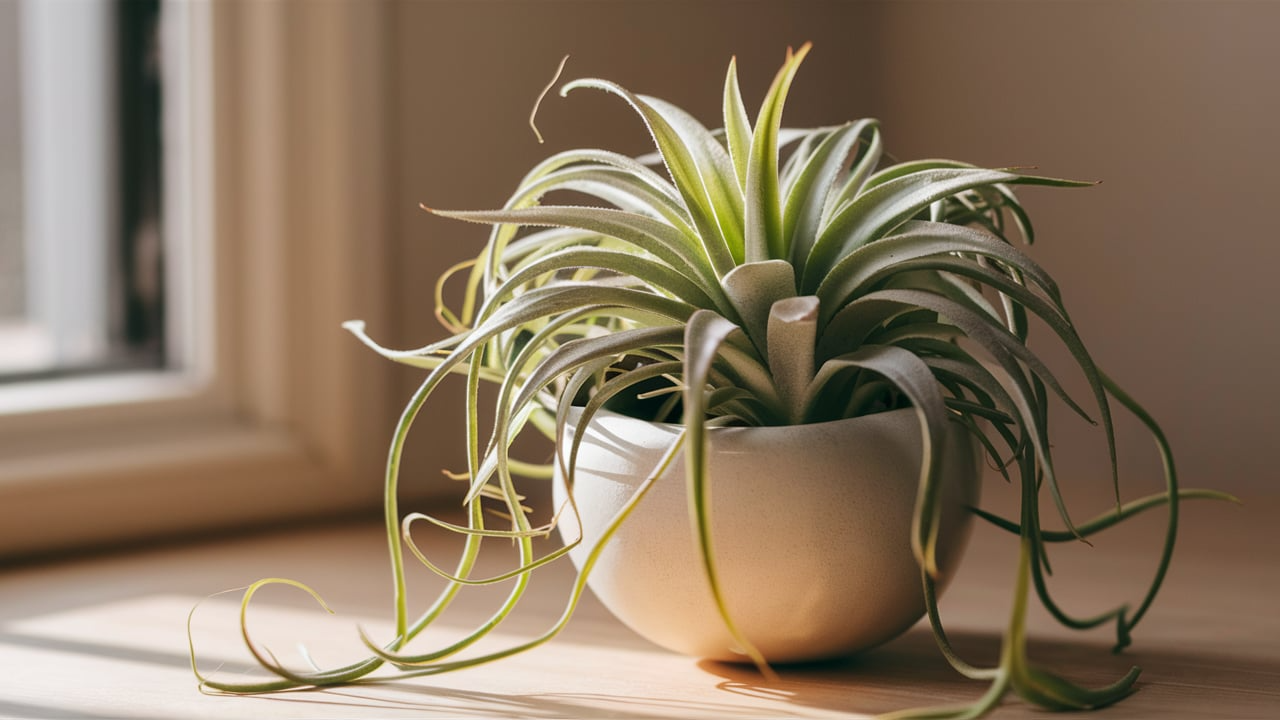
These rootless wonders take all their water needs from the air. I keep Tillandsia in glass globes near windows in my kitchen, where they use cooking moisture. They require no soil, only occasional misting if the air becomes very dry.
14. Fiddle Leaf Fig
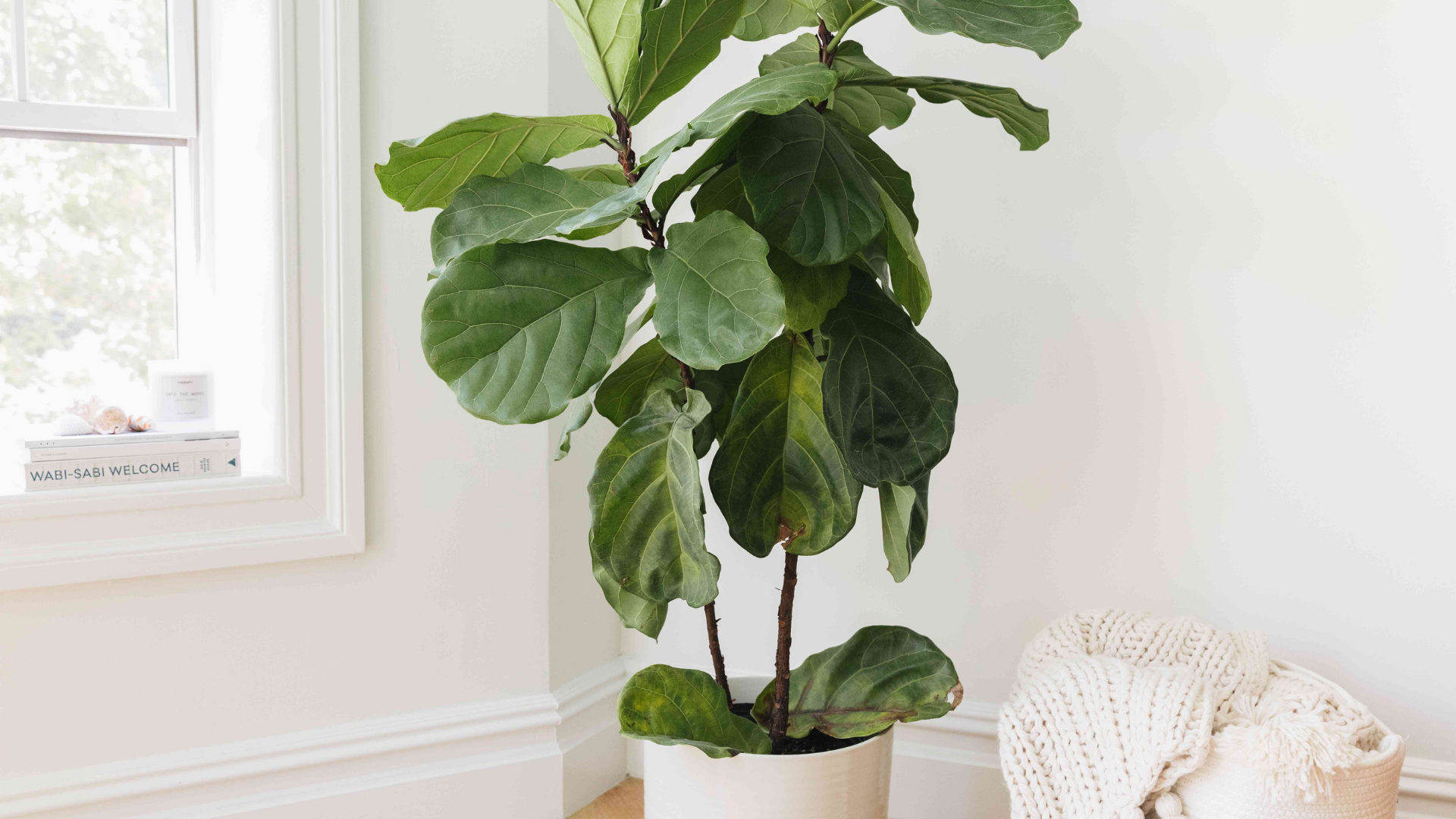
This popular plant, with its large, violin-shaped leaves, loves steady humidity. My Fiddle Leaf Fig grows in my living room, where it helps balance moisture levels. Its big leaves create a large surface for water absorption.
15. Pilea (Chinese Money Plant)
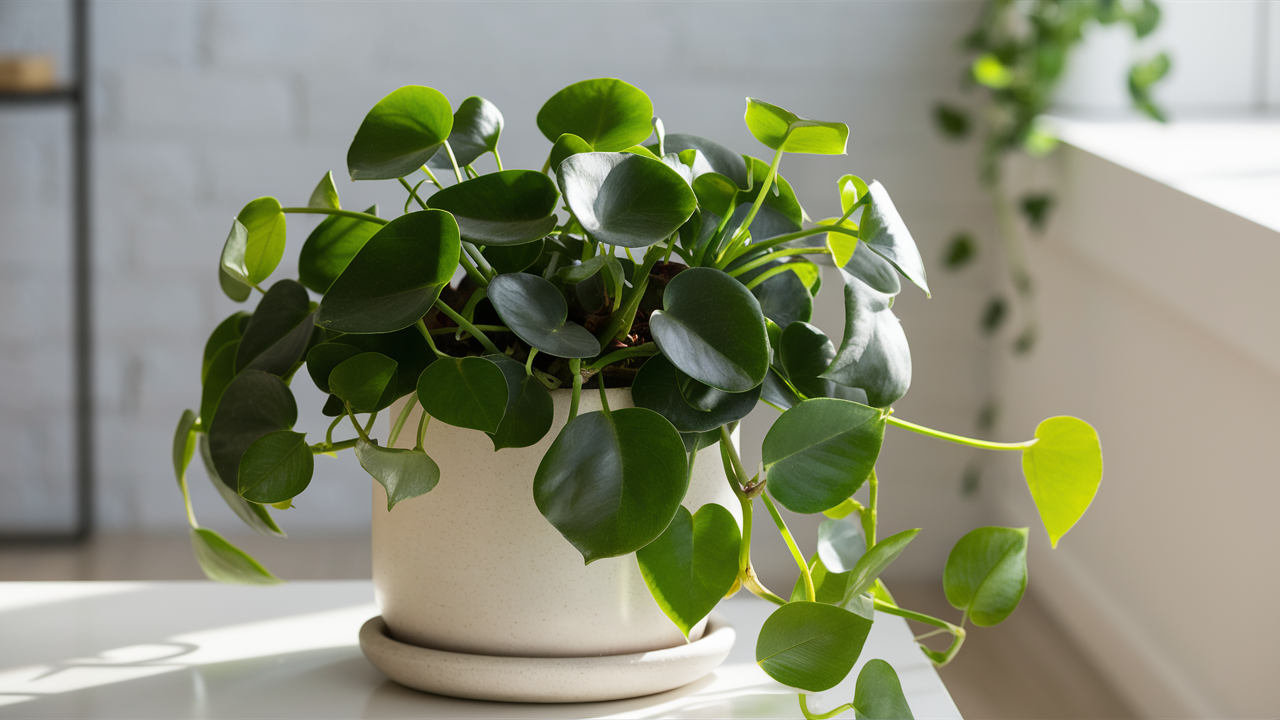
With round leaves on thin stems, Pilea adds modern style while helping control moisture. Mine thrives in my home office where it catches humidity from my essential oil diffuser. It grows quickly when the air moisture is high.
16. Zebra Plant
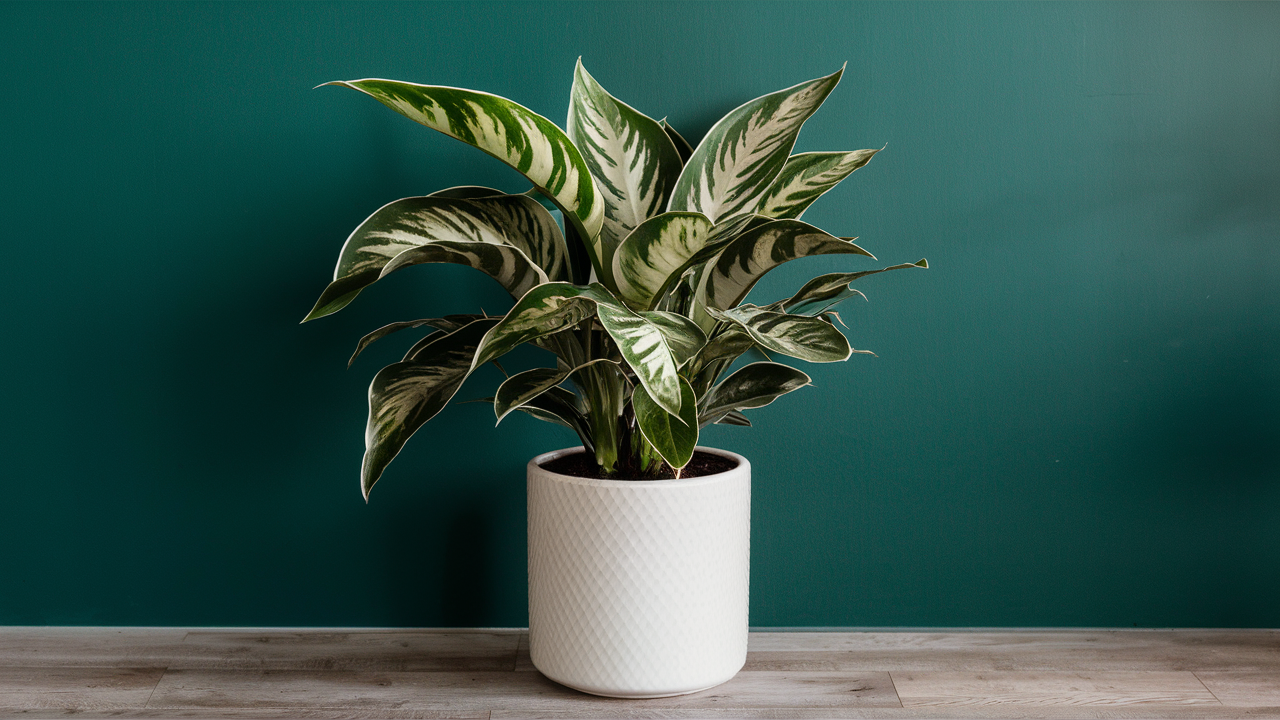
Striped leaves make this plant stand out while it works to balance humidity. I keep my Zebra Plant on a shelf in my bedroom, where it helps prevent window condensation in winter. Its striking pattern adds visual interest.
17. Peperomia
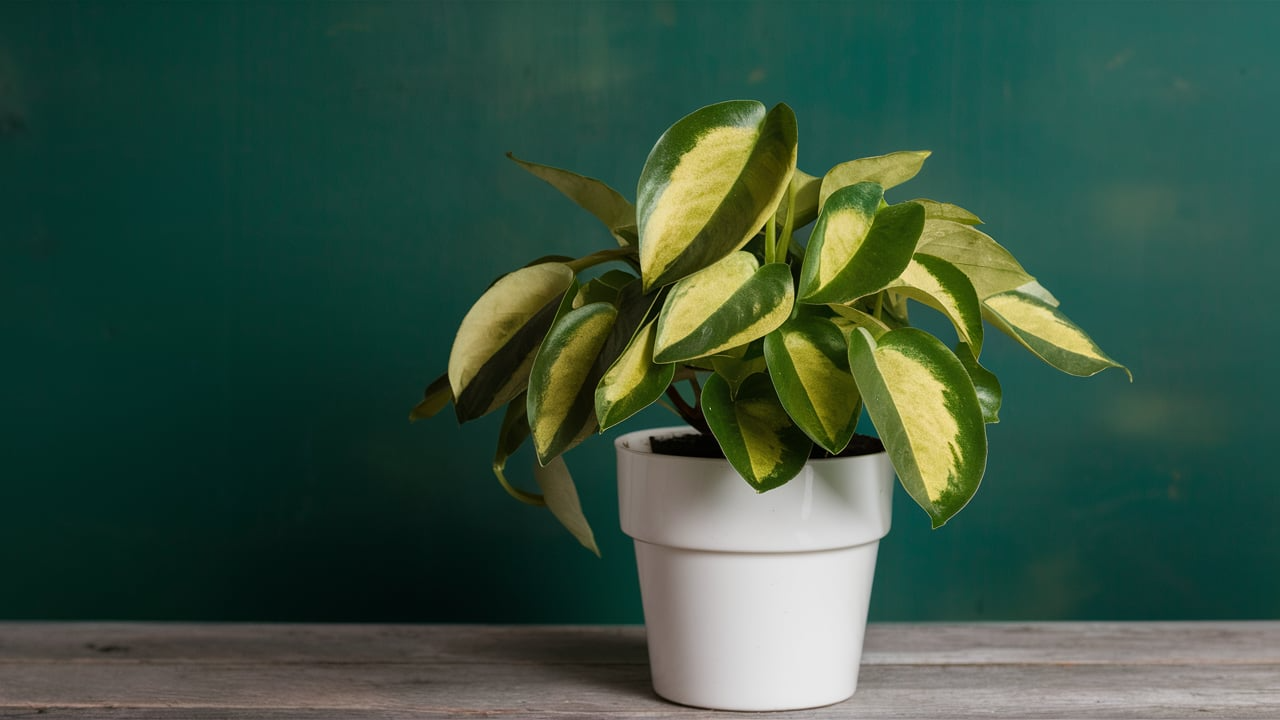
Small and compact, Peperomia fits on narrow shelves yet still pulls in moisture. Mine lives on my kitchen windowsill, using steam from washing dishes to stay happy. It rarely needs watering because it gets moisture from the air.
18. Asparagus Fern
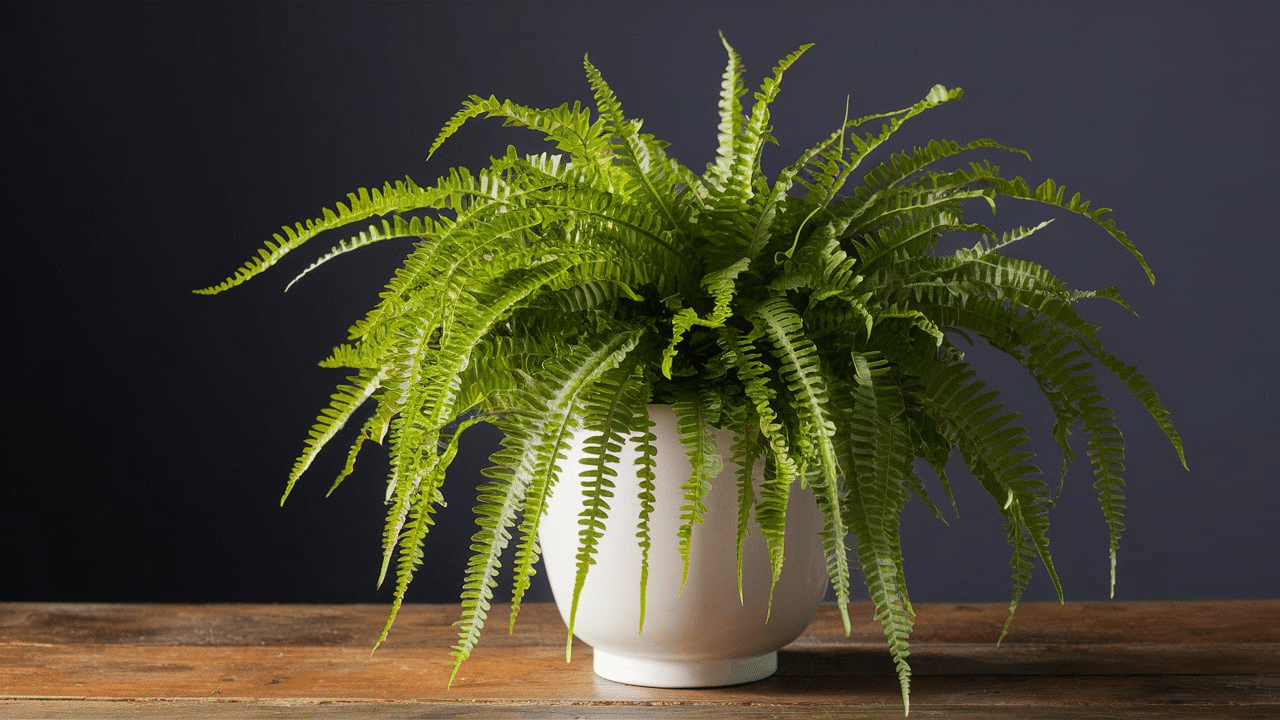
Not a true fern, but it still loves humidity. My Asparagus Fern sits in my dining room, where it uses moisture from hot food and drinks. Its feathery texture adds softness to the room while it’s in use.
19. Golden Pothos
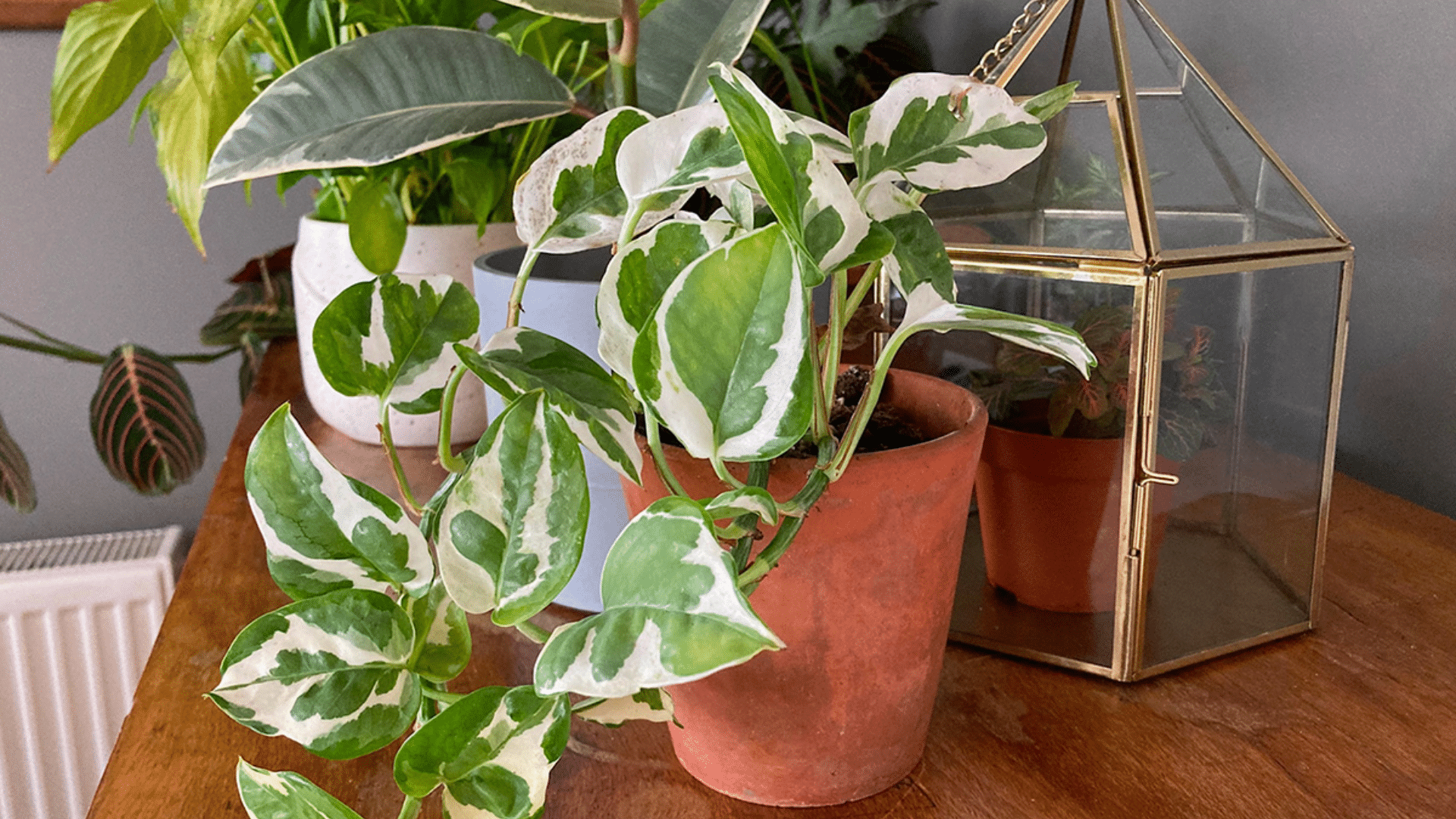
With heart-shaped, often variegated leaves, Golden Pothos grows quickly in humid spots. I let mine trail down from a high shelf in my laundry room, where it uses the moisture from the dryer. It grows new leaves weekly in this spot.
20. Dumb Cane (Dieffenbachia)
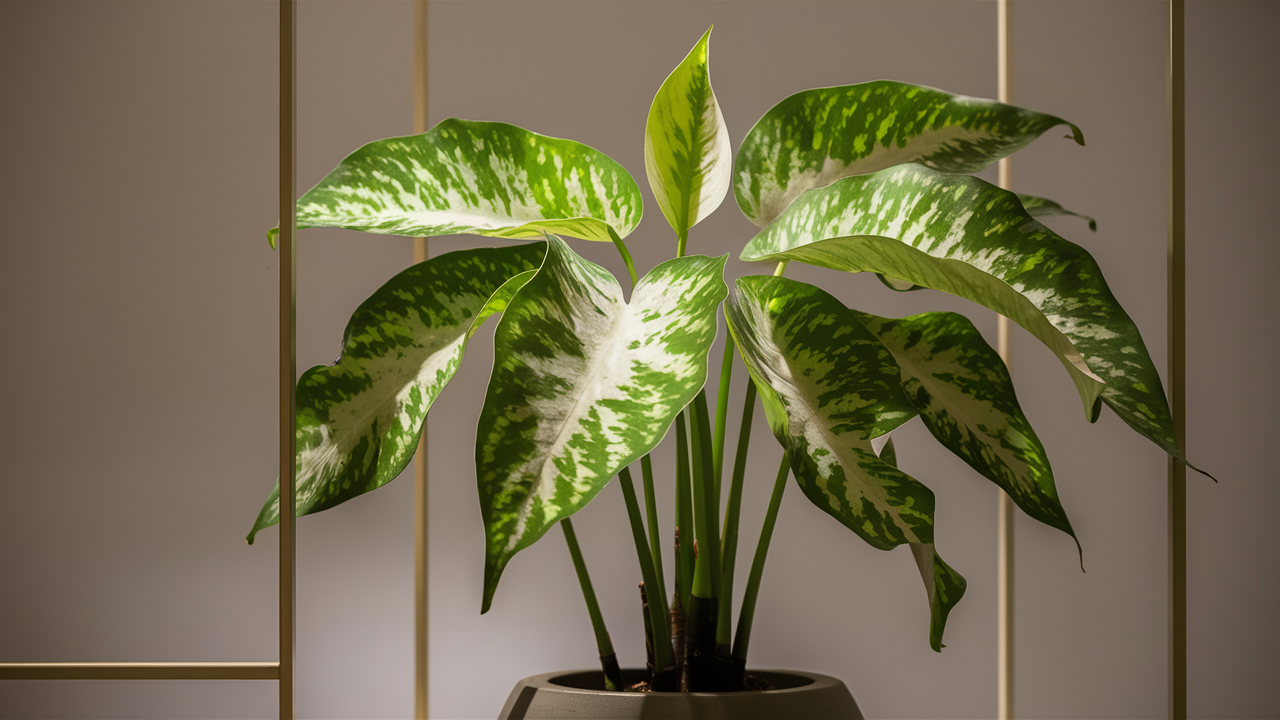
Bold leaves with white or yellow patterns make this plant both useful and attractive. My Dumb Cane grows near my shower room door, catching moisture that escapes. It has grown twice its size in this spot over the past year.
21. Alocasia (Elephant Ear)
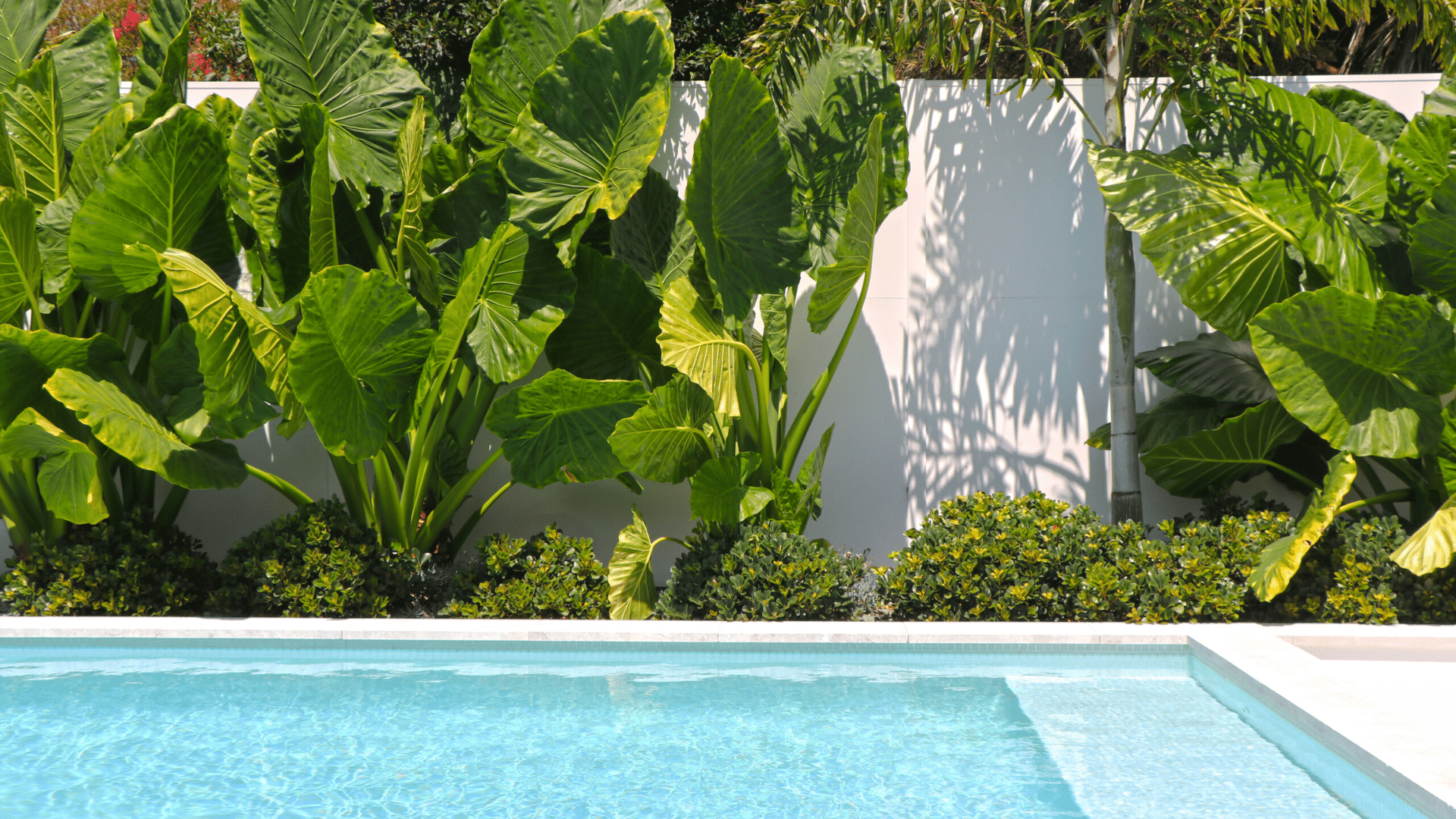
With huge, dramatic leaves, Alocasia retains a lot of moisture. I keep mine in a corner of my kitchen, where it uses cooking steam to fuel its growth. Its statement size helps it absorb more humidity than smaller plants.
How to Style Humidity-Loving Plants at Home
Having the right plants is just the first step. How you arrange and display them affects both their beauty and their ability to absorb moisture. I’ve experimented with many setups over the years and found these styling techniques work best.
I’ve found that grouping plants creates mini humidity zones that help them all thrive. Try placing several small plants on a pebble tray with water to boost local moisture.
For bathrooms, hanging plants are ideal for saving counter space. I use macrame hangers to put ferns and ivy near the ceiling where they catch rising steam.
Mix leaf shapes and sizes for both better looks and better function. I combine broad-leafed plants, such as Peace Lilies, with feathery ferns to capture different types of moisture.
Don’t hide plants in corners! Position them where air flows, like near doorways or windows. My plants thrive best when they interact with moving air that carries moisture.
For small spaces, wall-mounted planters allow you to grow humidity fighters without occupying floor space. I’ve attached planters to bathroom walls for air plants and small ferns.
Conclusion
Plants have changed how I manage humidity in my home. After years of battling moisture problems, these green helpers have proven to be my best solution. They work without noise or electricity, simply pulling water from the air as they grow.
I’ve seen real results: less window condensation, fewer musty smells, and walls that stay dry even in steamy bathrooms. The best part? These plants look beautiful while they work.
Start with just one plant in your most humid space and watch what happens over a few weeks. You’ll likely notice changes quickly, especially in small rooms like bathrooms.
Not only will your home feel more comfortable, but you’ll also enjoy cleaner air and the mood-boosting effects of greenery. These moisture-loving plants truly offer a win-win: solving humidity problems while making your space more alive.


